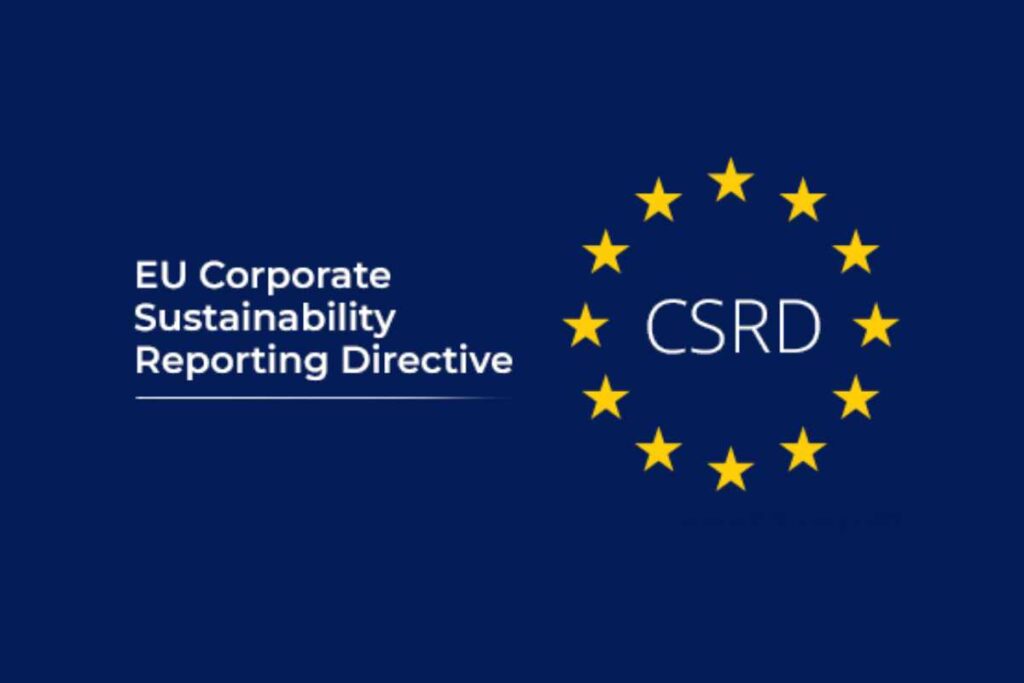In an era where environmental disasters, social inequality, and corporate scandals regularly make headlines, investors are no longer content with financial metrics alone. Environmental, Social, and Governance (ESG) reporting has evolved from a niche concern to a boardroom priority. But as companies race to publish glossy sustainability reports, a crucial question remains: What do investors genuinely want to see in ESG reporting?
This article cuts through the noise to uncover the ESG metrics, practices, and disclosures that sophisticated investors value, and why superficial reporting no longer cuts it in the eyes of the investment community.
The Rise of ESG: From Nice-to-Have to Non-Negotiable
The global investment landscape has undergone a seismic shift. According to the Global Sustainable Investment Alliance (GSIA), over $35 trillion, around 36% of all assets under management, are now invested with some form of ESG consideration. From BlackRock to pension funds to retail investors, stakeholders are demanding accountability beyond profit margins.
However, as ESG’s popularity surges, so does skepticism. Greenwashing allegations, inconsistent frameworks, and vague targets have made investors increasingly discerning. They no longer want ESG as a marketing exercise; they want credible, comparable, and actionable data that informs investment decisions.
ESG Reporting: More Than a PR Exercise

For forward-thinking companies, ESG reporting isn’t just a box to tick; it’s a strategic tool to attract capital, mitigate risks, and drive long-term value. But for ESG reports to resonate with investors, they must go beyond polished narratives. Here’s what experienced investors expect:
1. Materiality: Show Me What Matters Most
Investors don’t want laundry lists of every sustainability initiative; they want materiality. That means:
Focus on ESG factors directly relevant to your industry and business model.
Demonstrate how these factors impact financial performance and long-term value.
Align with frameworks like the Sustainability Accounting Standards Board (SASB), which provides industry-specific guidance.
Example: A tech company’s ESG report should emphasize data privacy, energy consumption of data centers, and diversity in tech, more so than, say, water management practices, which might be less material.
2. Quantifiable, Comparable Data
Narratives and intentions are not enough. Investors want hard data:
Year-on-year ESG performance trends.
✅ Metrics aligned with global standards like the Global Reporting Initiative (GRI) or Task Force on Climate-related Financial Disclosures (TCFD).
✅ Benchmarks against industry peers.
Why? Because investors need to compare apples to apples. Without standardized, quantifiable data, it’s impossible to assess risks, identify leaders, or integrate ESG into financial models.
3. Clear Link to Financial Performance
The most compelling ESG reports connect the dots between sustainability initiatives and business outcomes:
✅ How do your climate strategies mitigate regulatory or supply chain risks?
✅ How does workforce diversity correlate with innovation and market competitiveness?
✅ Are ESG efforts driving cost savings, brand loyalty, or access to capital?
Investors appreciate when companies articulate these links through real-world examples, not just theoretical benefits.
4. Transparency About Challenges
Perfect ESG scores are unrealistic, and investors know it. They value honesty over hype:
✅ Acknowledge shortcomings or areas for improvement.
✅ Outline concrete plans to address challenges.
✅ Provide realistic timelines, not vague promises.
This builds trust and signals a mature, self-aware approach to sustainability.
5. Forward-Looking Metrics and Targets
Static, backward-looking reports are insufficient. Investors expect:
✅ Science-based targets, especially for emissions reductions.
✅ Roadmaps for achieving ESG goals.
✅ Scenario analysis for climate-related risks.
Proactive disclosure, particularly around climate resilience, signals that companies are not only aware of future risks but are actively managing them.
What Sophisticated Investors Are Watching
The ESG space is evolving rapidly, with investors sharpening their focus on specific areas, including:
1. Climate Action and Net-Zero Commitments
The climate crisis dominates ESG conversations. Investors want:
✔ Science-aligned net-zero targets.
✔ Emissions data across Scopes 1, 2, and 3.
✔ Investment in low-carbon technologies and climate adaptation.
Greenwashing alert: Vague pledges without credible transition plans are under increasing scrutiny.
2. Diversity, Equity, and Inclusion (DEI)
Investors recognize DEI as both a social and performance imperative. They look for:
✔ Workforce diversity metrics, including leadership representation.
✔ Pay equity analyses.
✔ Initiatives to foster inclusive cultures.
Studies consistently link diverse companies with stronger innovation, decision-making, and financial returns.
3. Governance and Ethical Leadership
Strong governance underpins credible ESG performance. Investors examine:
✔ Board diversity and independence.
✔ Executive compensation tied to ESG metrics.
✔ Policies on corruption, lobbying, and political contributions.
Good governance is the foundation that ensures ESG commitments translate into action.
The Evolving Regulatory Landscape: Pressure to Get It Right
Investors’ demands are being reinforced by a wave of global ESG regulations:
EU’s Corporate Sustainability Reporting Directive (CSRD)
SEC’s Proposed Climate Disclosure Rules
ISSB Global Reporting Standards

Companies failing to meet evolving disclosure expectations risk regulatory penalties, reputational damage, and exclusion from ESG-focused investment portfolios.
Technology and ESG Reporting: The Data-Driven Future
As ESG reporting grows more complex, investors value companies that embrace technology to enhance:
✔ Data accuracy and auditability
✔ Real-time ESG performance monitoring
✔ AI-powered ESG risk analysis
Digital tools, from carbon accounting platforms to AI-driven ESG ratings, are transforming reporting from an annual exercise into a continuous, strategic process.
Avoiding the Pitfalls: Common ESG Reporting Mistakes
To meet investor expectations, companies must steer clear of:
Greenwashing: Overstating ESG achievements or masking poor performance.
Inconsistency: Using fragmented, non-comparable metrics.
Silence on Challenges: Omitting areas of underperformance erodes credibility.
Treating ESG as a PR Department Responsibility: ESG must be embedded across operations, not just communications.
Building Investor Trust: Best Practices for ESG Reporting

To create reports that resonate with investors:
✅ Align with recognized frameworks (SASB, TCFD, GRI, CDP).
✅ Engage with investors to understand their specific ESG priorities.
✅ Provide third-party assurance for key ESG data.
✅ Integrate ESG into financial reporting, not as a standalone, siloed report.
✅ Maintain consistency and transparency year after year.
Conclusion: The Investor Verdict on ESG Reporting
The days of superficial sustainability claims are numbered. Investors increasingly scrutinize ESG reports with the same rigor as financial statements. They want:
✔ Material, industry-relevant disclosures.
✔ Quantifiable, comparable, and assured data.
✔ Clear links between ESG performance and business value.
✔ Honest acknowledgment of challenges and progress.
✔ Forward-looking targets grounded in science and strategy.
In short, investors aren’t asking for perfection, but they do expect integrity, substance, and a credible roadmap for sustainable value creation. For companies willing to embrace this challenge, robust ESG reporting isn’t just about risk mitigation; it’s a powerful lever for building trust, attracting capital, and securing long-term success.
“Sustainability isn’t about pleasing investors, it’s about surviving and thriving in a world where ESG performance increasingly defines corporate resilience.”

